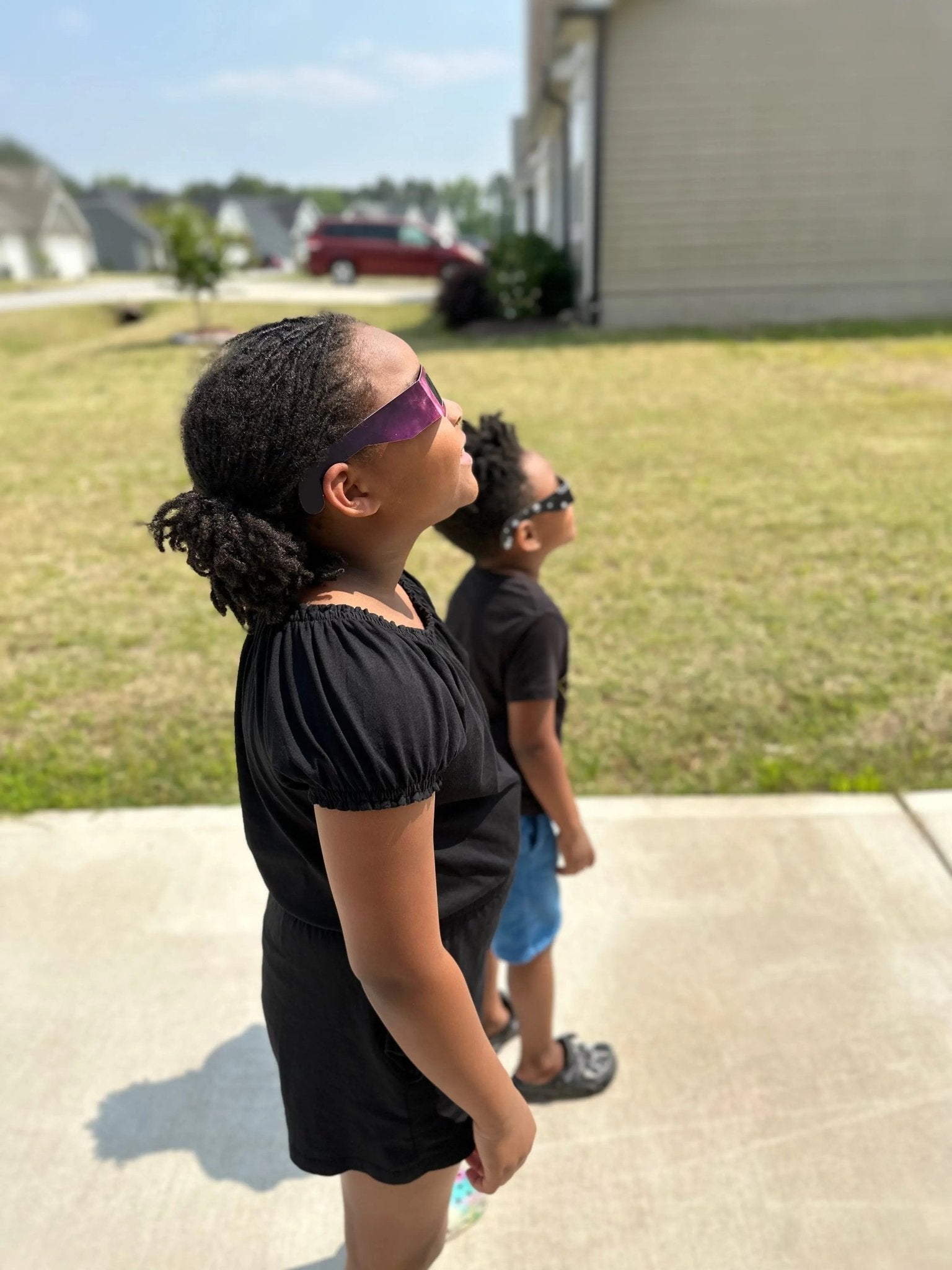Lesson Plan: Building an Observation Log of the October Annular Eclipse
Grade Level: Middle School (6-8)
Subject: Science (Astronomy)
Duration: Two 60-minute sessions
Lesson Objectives
By the end of this lesson, students will be able to:
1. Explain what an annular eclipse is and how it differs from a total solar eclipse.
2. Understand the importance of safe solar viewing techniques.
3. Create an observation log to record their experiences and findings during the annular eclipse.
Materials Needed
1. Notebooks or paper for the observation log
2. Pencils and colored pencils
3. Pinhole projectors (DIY or purchased)
4. Solar viewing glasses (ISO safety compliant)
5. Computers or tablets for research
6. Whiteboard or blackboard
7. Internet access for video clips and interactive websites
Session 1: Preparation and Understanding
Introduction (10 minutes)
1. Introduce the upcoming October annular eclipse.
2. Ask students if they've ever experienced a solar eclipse before.
3. Discuss the difference between a total and annular eclipse.
Lecture & Discussion (15 minutes)
1. Use a whiteboard to illustrate how an annular eclipse occurs.
2. Discuss the significance and rarity of annular eclipses.
3. Emphasize the importance of safe viewing practices, including the use of solar viewing glasses and pinhole projectors.
Video & Interactive Exploration (15 minutes)
1. Show a short video clip about annular eclipses and safe viewing techniques.
2. Allow students to explore interactive websites that simulate solar eclipses.
Assignment Explanation (10 minutes)
1. Explain that students will create an observation log for the eclipse.
2. Discuss the elements to include in the observation log:
- Date and time of observation
- Weather conditions
- Description of the eclipse at various phases
- Personal reflections
3. Hand out notebooks or paper for the observation log.
Wrap-up & Questions (10 minutes)
1. Summarize the main points of the lesson.
2. Open the floor for any questions and clarify doubts.
Session 2: Post-Eclipse Reflection and Sharing
Opening Discussion (10 minutes)
1. Ask students how their observation went and what they found most interesting.
Sharing & Reflection (30 minutes)
1. Allow students to share excerpts from their observation logs.
2. Discuss any notable patterns or shared experiences.
Interpretation & Analysis (10 minutes)
1. Discuss what the students' observations can tell us about the nature and mechanics of annular eclipses.
2. Discuss why keeping observation logs can be useful for scientific study.
Assignment for Extended Learning (5 minutes)
1. Assign students to research more about the past and future eclipses and how they differ from the annular eclipse observed.
Wrap-up & Questions (5 minutes)
1. Summarize the lessons learned from the observation logs.
2. Open the floor for final questions and thoughts.
Assessment
1. Participation in discussions and activities.
2. Completeness and thoughtfulness of the observation log.
3. Participation in the post-eclipse discussion and sharing session.
Safety Notes
- Always emphasize the importance of never looking directly at the sun without proper eye protection.
- Ensure that solar viewing glasses are compliant with safety standards.



Share:
Eclipse Glasses USA Featured on Las Vegas's Morning Blend
Myths and Superstitions Surrounding Eclipses